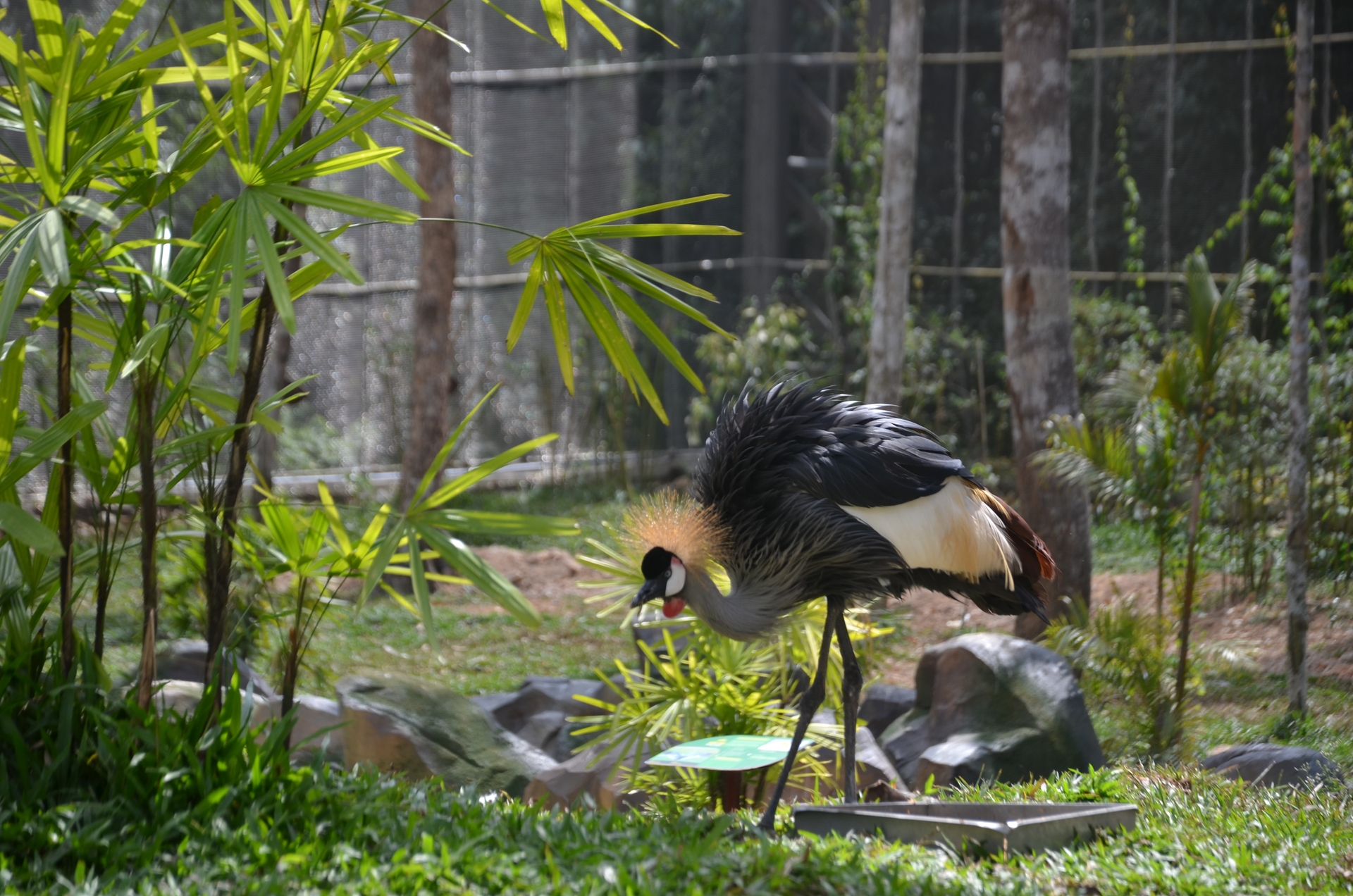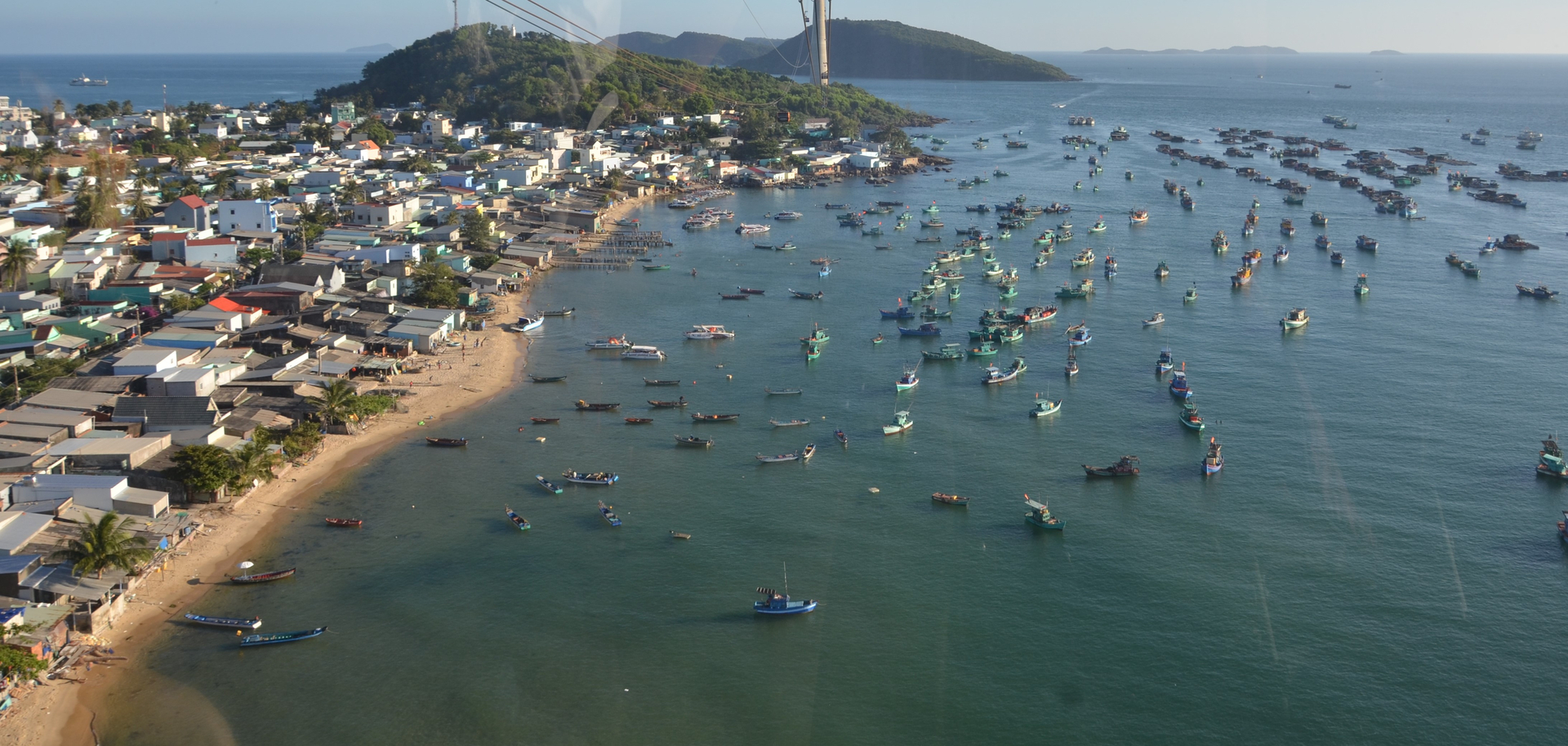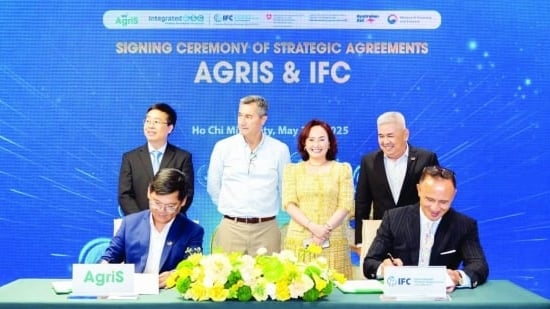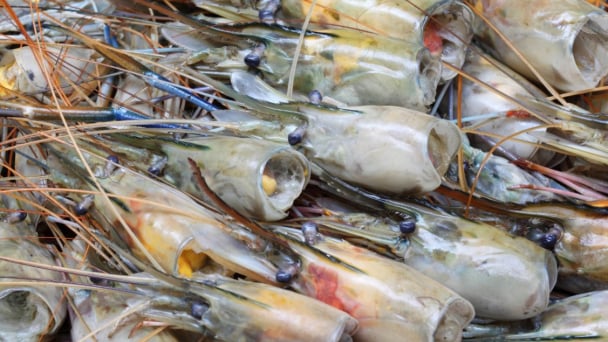June 6, 2025 | 02:48 GMT +7
June 6, 2025 | 02:48 GMT +7
Hotline: 0913.378.918
June 6, 2025 | 02:48 GMT +7
Hotline: 0913.378.918

Vietnam always strives for green growth in agriculture associated with natural conservation. Photo: Hai Nam.
With growing food demand and complex ecological challenges in agriculture, the diverse linkages between social welfare, agricultural economics and the environment must be taken into account when implementing the green growth policy toolkit. While policies should seek to internalize agricultural externalities (positive or negative) to the extent possible, green growth approaches must be tailored to the specific nature of the agricultural sector.
A comprehensive set of policy approaches will support balancing the economic, environmental and social considerations for effective implementation of the green growth policy toolkit. This includes environmental impact assessment, cross-compliance mechanisms, structural adjustment measures and farming alternatives.
Prior to implementation, agricultural policy measures in the green growth policy toolkit will benefit from impact assessments to evaluate potential economic, environmental and social impacts and their their mutual relationship.
Impact assessments can take into account national priorities and policy frameworks, local agricultural and environmental conditions as well as alternative farm systems. Assessment criteria can be selected in advance and in most cases there is sufficient data as basis. Impact assessment methods are not necessarily complicated, expensive or time-consuming.
Sustainability impact assessment (SIA) combines elements of regulatory impact assessment (RIA), environmental impact assessment (EIA) and strategic environmental assessment (SEA). SIA is characterized by its interdisciplinary nature in assessing economic, environmental and social impacts, focusing on highlighting short and long-term synergies and trade-offs and their comprehensive processes opened to stakeholders. In particular, sustainability assessment helps governments identify politically sensitive issues and provide scoping solutions for widespread acceptance.
SIA can assess how farm support policies may exacerbate or alleviate environmental problems, unintentionally encourage environmentally harmful activities, and contribute to or slow down green growth. SIA can also assess how policies stimulate innovation and popularize green architecture technologies to reduce emissions as well as resource management costs in the future.
Identifying external factors involved in trade-offs between current and future well-being can highlight issues of intergenerational equity and long-term productivity challenges. The value of SIA lies in the ability to predict diverse and interrelated outcomes and help lay out mutually reinforcing policies across a variety of sectors.
Environmental cross-compliance is a tool by which governments can influence farmers by placing greater emphasis on environmental values in their production decisions. Environmental cross-compliance requires farmers to adopt good farming practices or resource management programs to receive government support.

Economic development associated with environmental protection is a problem many countries have to face. Photo: Hai Nam.
One of the reasons for environmental cross-compliance in agriculture is to utilize income support payments to ensure better compliance with environmental requirements, making payments by the government for farmers becomes more acceptable to society and reduces the transaction costs associated with the policy. Cross-compliance can save administrative and other costs associated with separate implementation of agricultural income supports, environmental regulations, and payments for environmental quality.
Additional benefits of the environmental cross-compliance program include broader adoption of principles of payments in agriculture, thereby attracting more farmers and producers to environmental programs and better coordination between agricultural and environmental policies.
Various environmental cross-compliance approaches have been applied around the world. For example, the European Union (EU) establishes a link between agricultural support payments and respect for environmental regulations to ensure good agricultural and environmental conditions (GAEC) of land and landscape.
Environmental cross-compliance mechanisms are not a viable option in all countries as they only apply where support payments exist and environmental issues need to be addressed. To implement these programs, there must be a system of income support payments to farmers that can be leveraged and also have an explicit or implicit “reference level” to determine the respective responsibilities of farmers and society in protecting the environment. In countries that only implement economy-wide income and environmental instruments in agriculture, ecological goals are achieved through legal obligations (compliance with environmental regulations).
There are limitations to cross-compliance. In broad-based programs, cross-compliance payments may not necessarily be received by those cultivating the most environmentally sensitive land. The wide variation in compliance costs on different farms means that the level of production constraints required to achieve selected environmental standards will vary.
Identifying these differences in compliance costs may require significant management and monitoring efforts. There are also problems in setting appropriate standards as a basis for compliance because it is easier to monitor variables such as pollution levels than other variables such as land value and maintenance of biodiversity.
Translated by Samuel Pham

(VAN) TTC AgriS and IFC signed a strategic partnership to develop a sustainable agricultural value chain, aiming to achieve the Net Zero target by 2035.

(VAN) Seafood by-products are opening a new path, combining green growth and technological innovation to enhance the industry's value.

(VAN) Mr. Nguyen Thanh Cong, Vice Chairman of the Son La Provincial People's Committee, reflects on Son La’s journey from barren hills to fruitful orchards after a decade of hard work.

(VAN) FAO’s Director-General addresses the 5th Baghdad International Water Conference.
/2025/05/26/1716-4-nongnghiep-191706.jpg)
(VAN) Chain linkages, technological innovation, and raw material zoning are three strategic pillars for the coconut industry to strongly develop and elevate its position on the global agricultural map.
![Advanced mariculture – an inevitable trend: [4] Accompanied by scientists](https://t.ex-cdn.com/nongnghiepmoitruong.vn/608w/files/sohk/2025/05/13/1941-pgsts-vo-van-nha-140958_717.jpg)
(VAN) According to Assoc. Prof. Dr. Vo Van Nha, Director of the RIA III, the development of advanced offshore mariculture is no longer an option but an essential path for Vietnam’s fisheries sector.

(VAN) Vietnam is intensifying the development of mollusk farming areas that meet international standards, aiming for sustainable growth and enhancing its export position in the global seafood market.